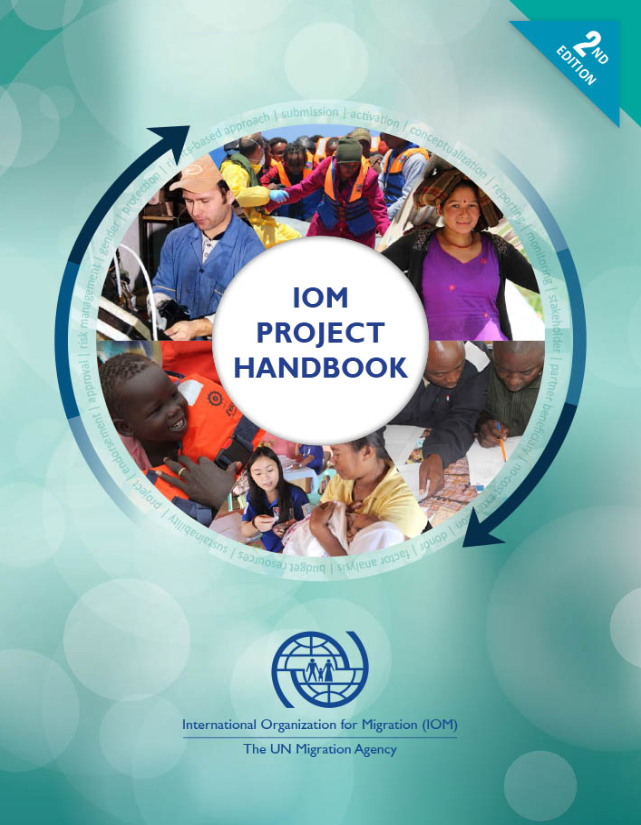Legal Review on Trafficking in Persons in the Caribbean

This Second Edition reviews legislation and government policy related to combating human trafficking in eight Caribbean countries: The Bahamas, Barbados, Guyana, Jamaica, the Netherlands Antilles, St Lucia, Suriname and Trinidad and Tobago. This review has assessed the applicability of existing statute law for the prosecution of human traffickers, the protection of trafficking victims and the prevention of trafficking activities. This includes criminal provisions that constitute one or more elements of the trafficking process such as procurement, forced detention, prostitution, sexual offences, kidnapping, abduction and other offences against the person. These elements can then be used in combination as a “patchwork” replacement for a trafficking law. Employment law is examined to ascertain the rights of workers and the capacity to penalise employers for exploitative activities. In addition, immigration laws have been assessed to deduce whether immigration officers have any legislative basis for identifying and taking action against suspected trafficking activities. These laws have also been examined in terms of how they offer protection to victims of human trafficking. Other areas relevant to trafficking activities include asylum law, as a possible source of protection for victims, and money-laundering initiatives that offer an insight into the possibilities of combating transnational crime.
Country
Bahamas
Barbados
Guyana
Jamaica
Netherlands Antilles
St. Lucia
Suriname
Trinidad
Tobago
Region
Central
North America
Caribbean
Year
2010







